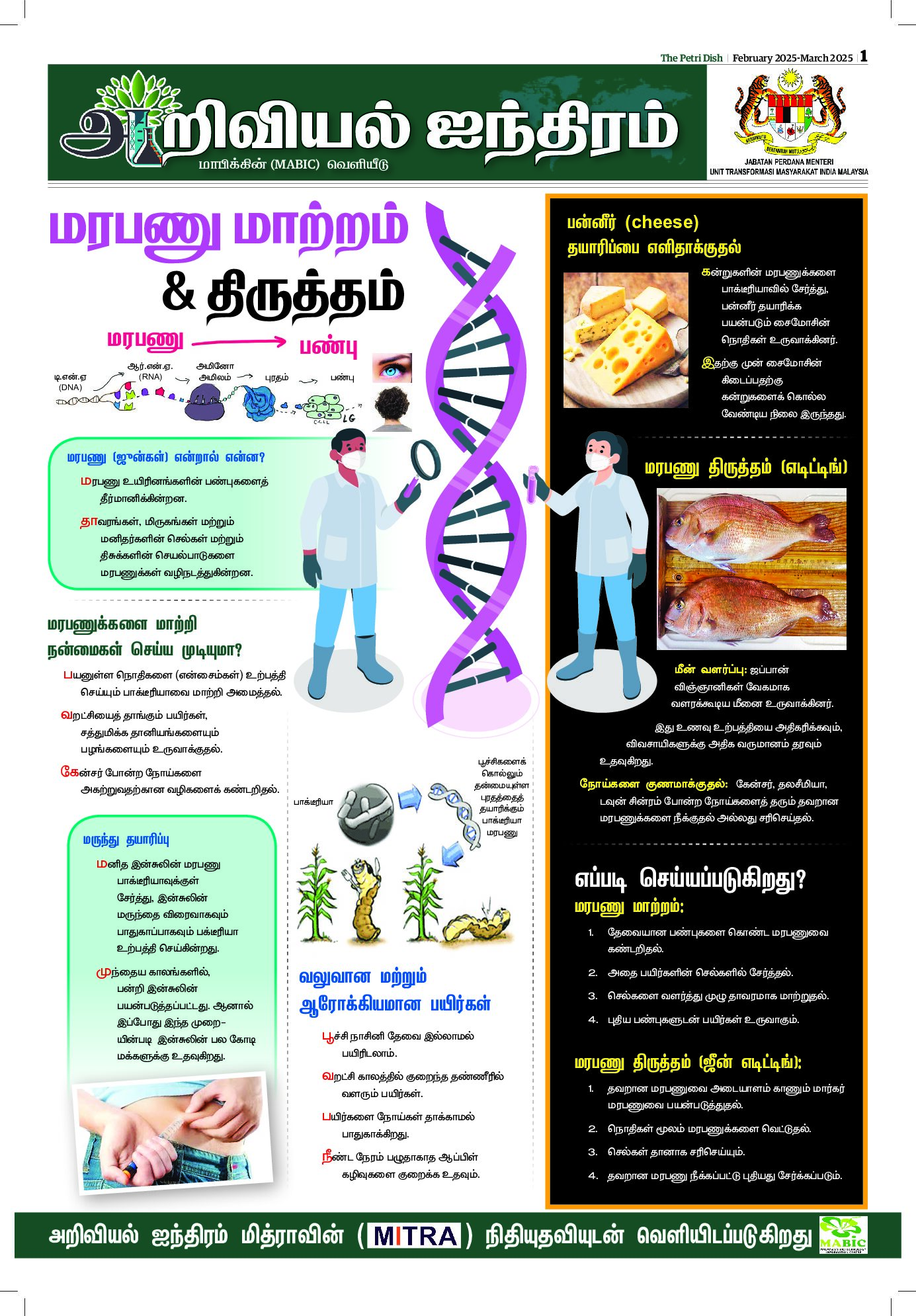A NEW MODELLING study conducted in a simulated Singapore setting has estimated that a combined approach of physical distancing interventions, comprising quarantine (for infected individuals and their families), school closure, and workplace distancing, is most effective at reducing the number of SARS-CoV-2 cases compared with other intervention scenarios included in the study.
While less effective than the combined approach, quarantine plus workplace measures presented the next best option for reducing SARS-CoV-2 cases, followed by quarantine plus school closure, and then quarantine only. All intervention scenarios were more effective at reducing cases than no intervention.
The study, published in The Lancet Infectious Diseases journal, is the first of its kind to investigate using these options for early intervention in Singapore using simulation. Despite heightened surveillance and isolation of individuals suspected to have COVID-19 and confirmed cases, the risk is ongoing, with the number of cases continuing to increase in Singapore. Schools have not been closed, and workplace distancing is recommended, but it is not national policy [correct as of 23.03.2020].
The study found that the combined approach could prevent a national outbreak at relatively low levels of infectivity (basic reproductivity value (R0) = 1.5), but at higher infectivity scenarios (R0 = 2.0 (considered moderate and likely) and R0 = 2.5 (considered high)), outbreak prevention becomes considerably more challenging because although effective at reducing infections, transmission events still occur. – ScienceDaily













